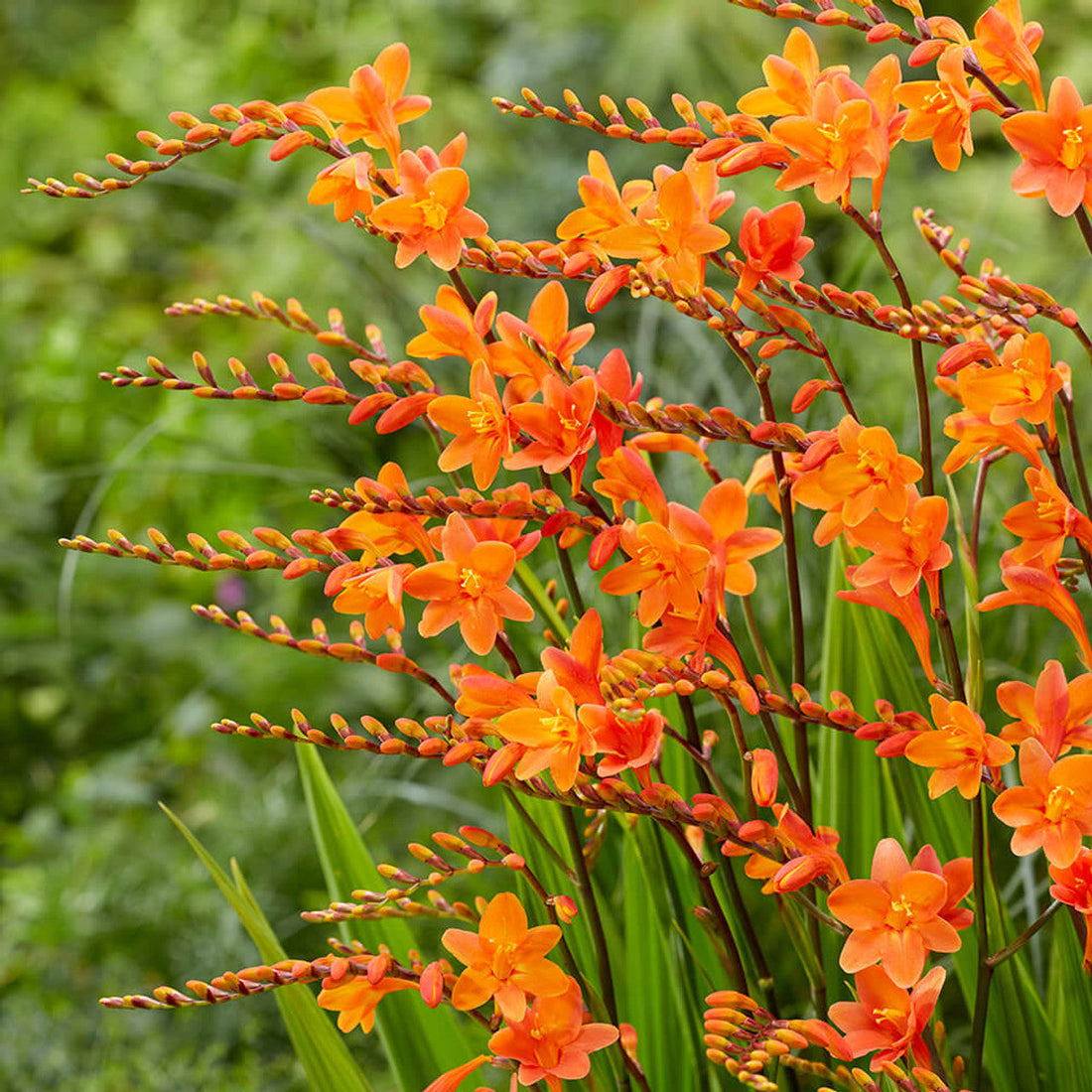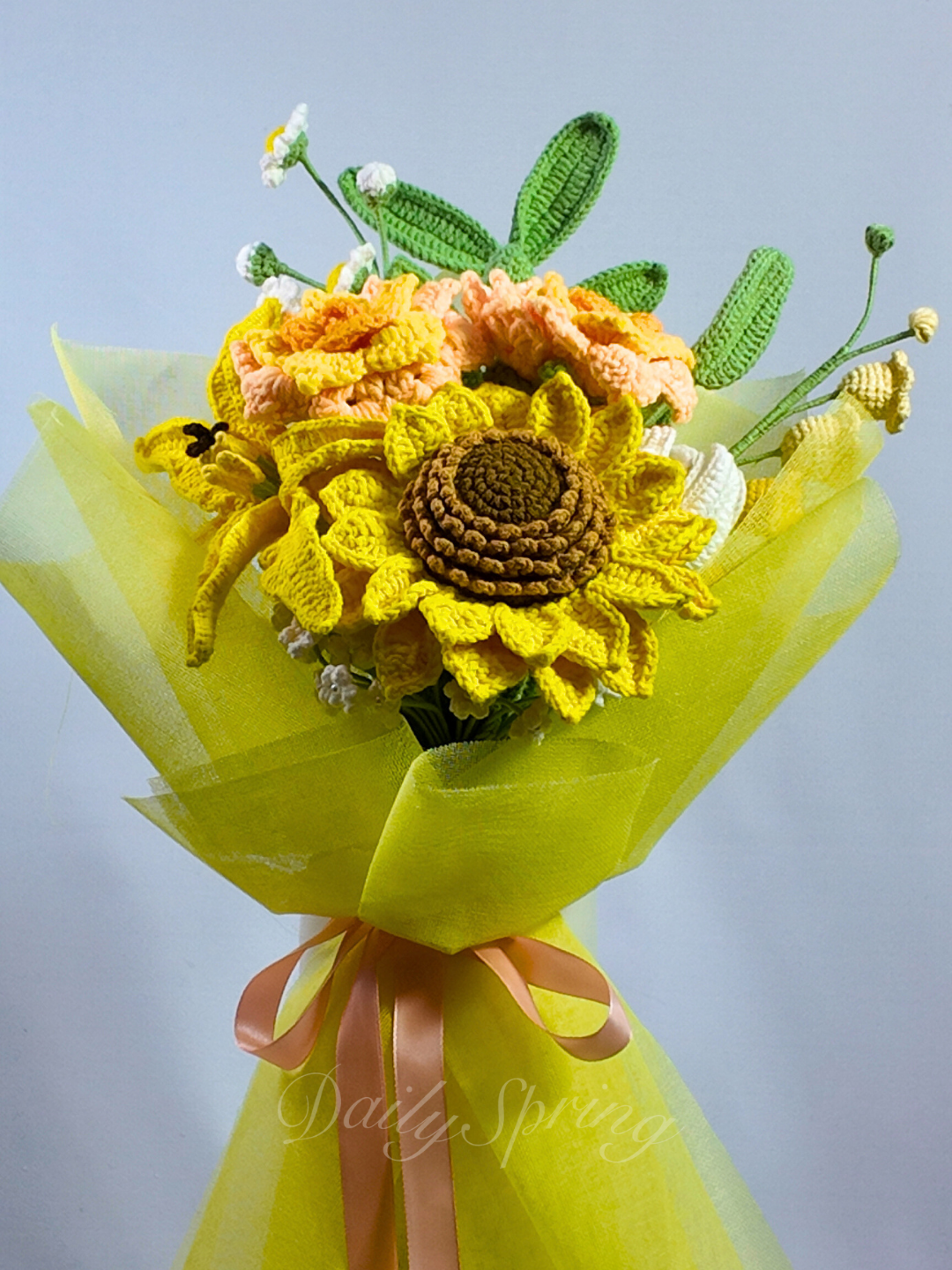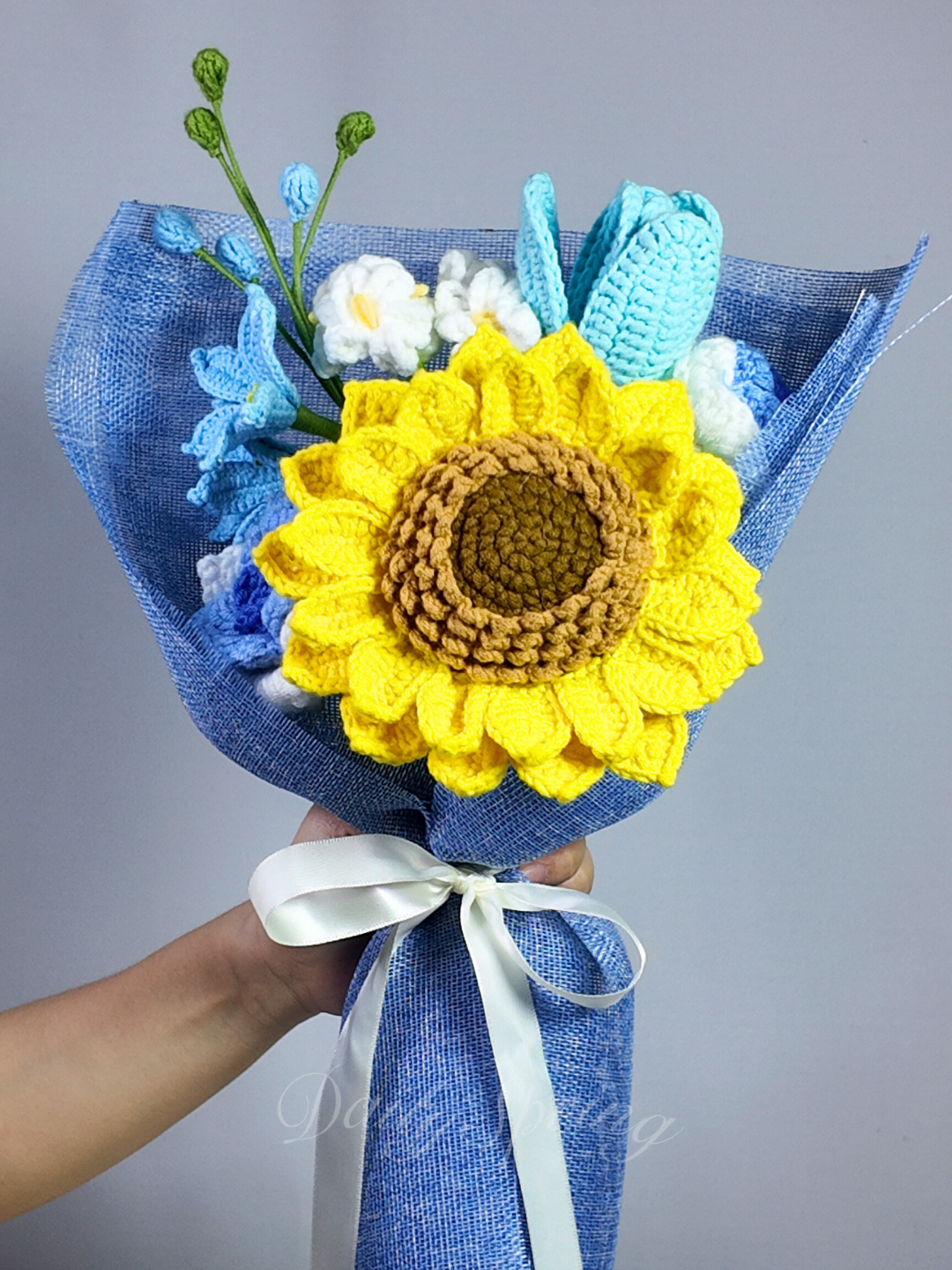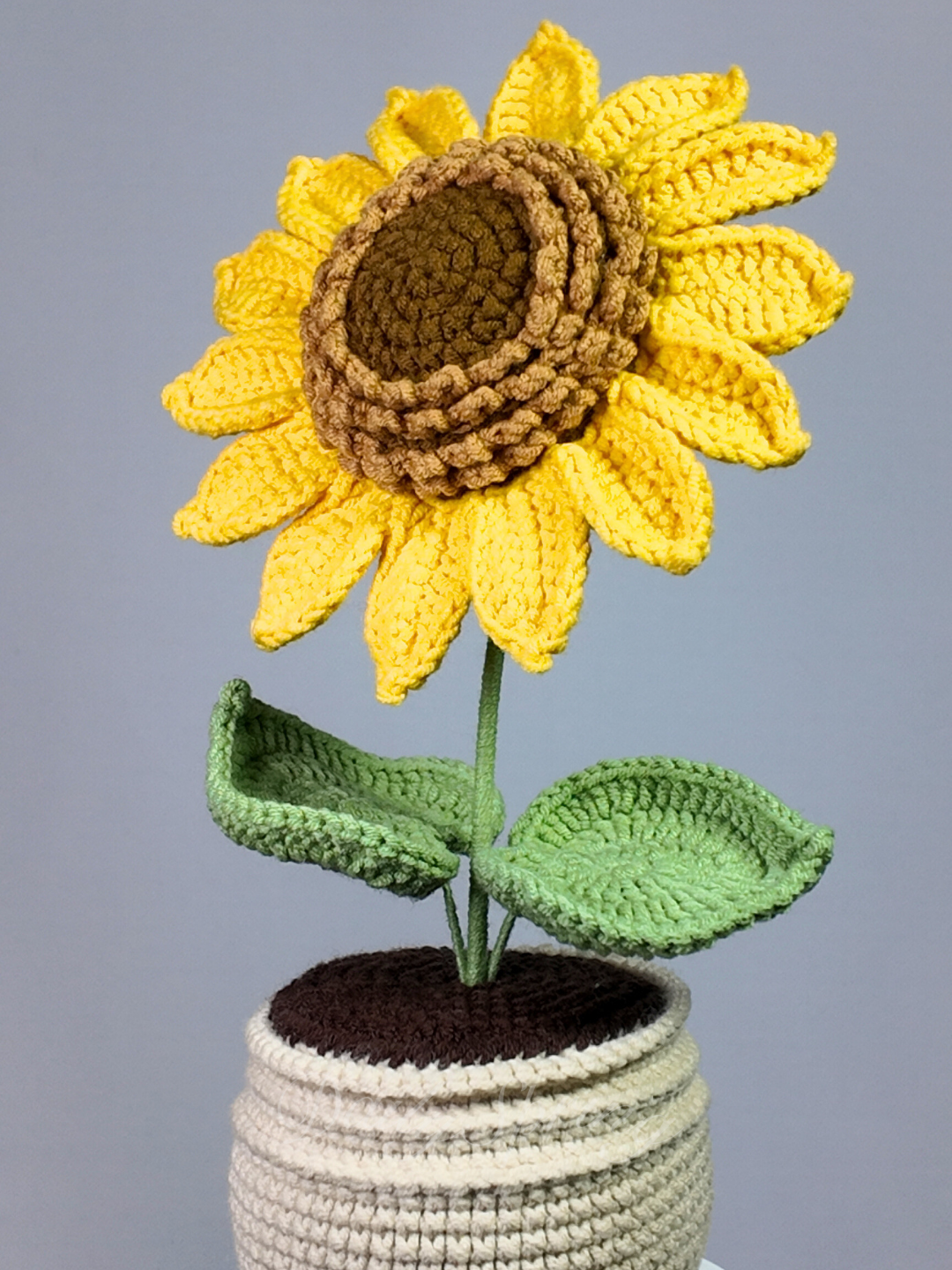
Coppertips (Crocosmia): A Gorgeous But Controversial Garden Flower

Few summer blooms make as dramatic a statement as Coppertips (Crocosmia). Their fiery red, orange and yellow flowers create stunning vertical interest in gardens, but these showstoppers come with a serious caveat that every gardener should know.
The Allure of Coppertips

These South African natives certainly have appealing qualities:
- Vibrant, torch-like blooms from midsummer to fall
- Excellent cut flowers that last well in arrangements
- Drought tolerance once established
- Attracts hummingbirds and butterflies
Their sword-shaped foliage and arching stems lined with tubular flowers create a tropical effect that's particularly striking in summer borders.
The Invasive Reality
Many gardening experts now caution against planting Coppertips because:
1. They Spread Aggressively
- Corms multiply rapidly underground
- Can quickly overtake garden beds
- Spread into natural areas in mild climates
2. They're Difficult to Remove
- Small corms break off when digging
- Any remaining corms regrow
- May require years of persistent removal
3. They Outcompete Native Plants
- Establish dense colonies
- Reduce biodiversity
- Particularly problematic in Pacific Northwest and UK
Responsible Alternatives
If you love the look but want to avoid invasiveness, consider:
1. Containment Strategies
- Grow in containers only
- Use root barriers in ground plantings
- Regular division to control spread
2. Similar But Well-Behaved Plants
- Kniphofia (Red Hot Pokers)
- Hesperaloe parviflora (Red Yucca)
- Schizostylis (Crimson Flag Lily)
- Belamcanda chinensis (Blackberry Lily)
3. Artificial Options
For those who want the look without any risk:
- High-quality silk arrangements
- Botanical art featuring Coppertips
- Crafted metal garden sculptures
If You Already Have Them
For existing Coppertips plantings:
- Deadhead religiously to prevent seeding
- Divide clumps annually in spring
- Never share plants or dispose in compost
- Consider complete removal if near natural areas
The Bottom Line
While Coppertips are undoubtedly beautiful, their invasive tendencies make them a poor choice for most gardens. There are many equally stunning alternatives that won't threaten local ecosystems. As gardeners, we have a responsibility to choose plants that enhance rather than harm our environment.
Have you dealt with Coppertips in your garden? Share your experiences in the comments!



